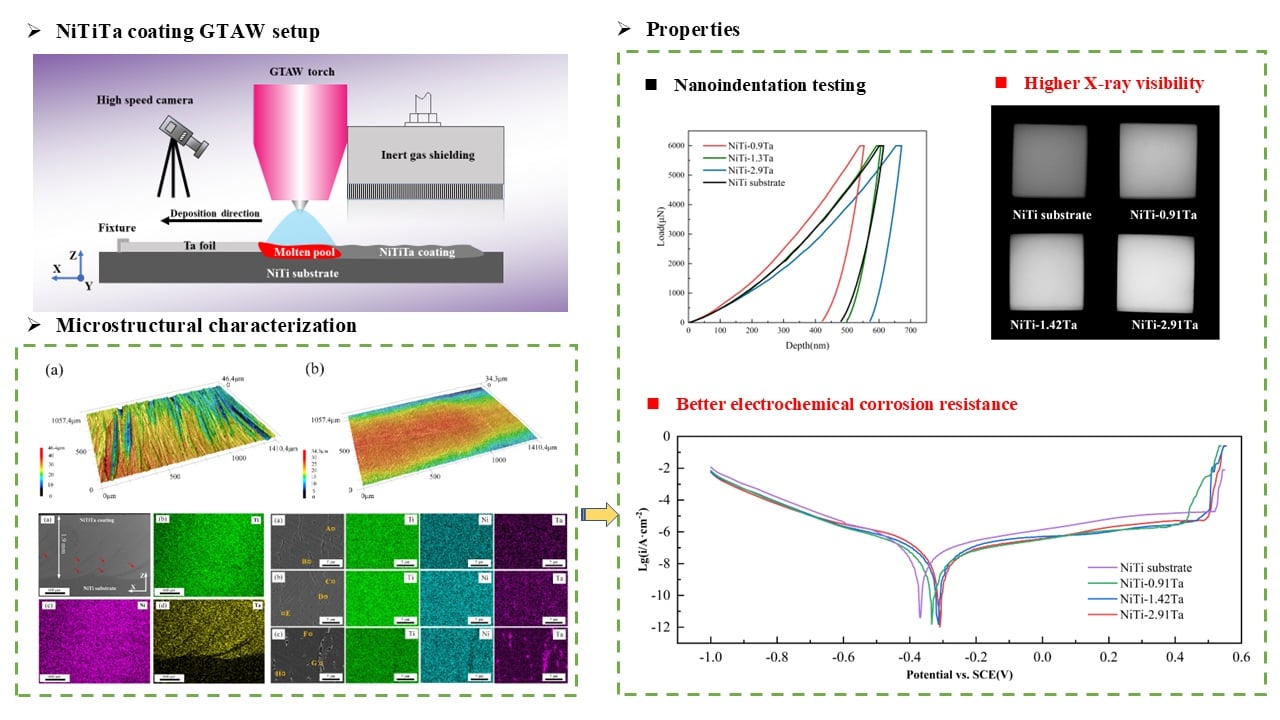Effect of Ta Content on the Microstructure and Properties of NiTiTa Functional Coatings in Situ Synthesized by Directed Energy Deposition
Abstract
Share and Cite
Ao, S.; Xing, Y.; Liu, S.; Zuo, X.; Li, Y. Effect of Ta Content on the Microstructure and Properties of NiTiTa Functional Coatings in Situ Synthesized by Directed Energy Deposition. Materials 2025, 18, 5255. https://doi.org/10.3390/ma18225255
Ao S, Xing Y, Liu S, Zuo X, Li Y. Effect of Ta Content on the Microstructure and Properties of NiTiTa Functional Coatings in Situ Synthesized by Directed Energy Deposition. Materials. 2025; 18(22):5255. https://doi.org/10.3390/ma18225255
Chicago/Turabian StyleAo, Sansan, Yawei Xing, Shaozhu Liu, Xinde Zuo, and Yang Li. 2025. "Effect of Ta Content on the Microstructure and Properties of NiTiTa Functional Coatings in Situ Synthesized by Directed Energy Deposition" Materials 18, no. 22: 5255. https://doi.org/10.3390/ma18225255
APA StyleAo, S., Xing, Y., Liu, S., Zuo, X., & Li, Y. (2025). Effect of Ta Content on the Microstructure and Properties of NiTiTa Functional Coatings in Situ Synthesized by Directed Energy Deposition. Materials, 18(22), 5255. https://doi.org/10.3390/ma18225255








